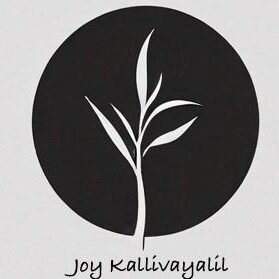#books
“How to Be Rich: It’s Not What You Have. It’s What You Do With What You Have,”
by Andy Stanley.
The book provides a thought-provoking exploration of wealth, abundance, and the responsibility that comes with financial resources. He challenges conventional notions of wealth and encourages readers to rethink their relationship with money. Here are ten key lessons and insights from the book:
1. Wealth is Relative:
Stanley emphasizes that wealth is a relative concept and varies from person to person. What one considers rich may differ significantly from someone else’s perspective. Rather than focusing solely on financial metrics, he encourages readers to recognize their position in the broader context of society.
2. The Danger of Comparison:
The author warns against comparing oneself to others, as this can lead to feelings of inadequacy or greed. Instead, he advocates for focusing on personal values and goals rather than measuring success against others’ achievements or lifestyles.
3. Generosity as a Mindset:
One of the central themes of the book is the importance of generosity. Stanley argues that true richness is not defined by how much one possesses but by how much one gives. He encourages readers to cultivate a generous mindset, emphasizing that giving enriches both the giver and the receiver.
4. The Responsibility of Wealth:
Stanley discusses the responsibility that comes with wealth. He emphasizes that having more means being accountable for how one uses their resources. Wealth should be viewed as a tool for making a positive impact rather than a means of self-indulgence.
5. The Importance of Contentment:
The author highlights the significance of contentment in achieving true wealth. He argues that many people chase after more money in the hopes of finding happiness, but true contentment comes from gratitude and appreciating what one already has.
6. Biblical Principles of Wealth:
Drawing on biblical teachings, Stanley discusses the spiritual aspects of wealth and generosity. He encourages readers to align their financial decisions with their values and faith, using their resources to serve others and contribute to their communities.
7. Investing in Relationships:
The book emphasizes that investing in relationships is as important as financial investments. Stanley argues that meaningful connections and a supportive community are vital components of a rich life and contribute to overall well-being.
8. Setting Financial Goals:
Stanley advises readers to set clear financial goals that reflect their values and priorities. By having a purpose behind their financial decisions, individuals can make more intentional choices that lead to a fulfilling and meaningful life.
9. Living Below Your Means:
The author advocates for living below one’s means as a strategy for financial health. By avoiding lifestyle inflation and unnecessary debt, individuals can create space for savings, investment, and generosity, ultimately leading to a more secure financial future.
10. The Legacy of Wealth:
Finally, Stanley encourages readers to consider the legacy they wish to leave behind. He prompts individuals to think about how their financial decisions impact future generations and the kind of influence they want to have on the world. Building a legacy of generosity and service is a key aspect of being truly rich.

